Helder Batista
ARTISTIC BIO
Helder Batista is a self taught artist who works predominantly in sculptural medium. Born in 1964 in Paris and now living and working near Cahors, he describes the genesis of his artistic career as an epiphany.
Batista is intrigued by the complexity and potential of everyday objects, even those as mundane as bicycle’s tires. Batista decided to insert himself and interrupt societal structures that destine such objects to “a vocation of waste.” In his exploration of materials, Batista discovered that his ‘found’ objects could function as support, medium and subject, or as self sustained complete works of art. Batista avoids polluting his found objects even through his own curatorial presence, arguing that assigning value to some over others creates contaminating waste. Instead Batista sublimates, recycles and allows his materials space to articulate themselves. Often a simple clear acrylic mold utilized in works like Lego or Red Shoes is enough of a change in context to infuse everyday objects with artistic poignancy.
In constant communication with Pop art, most of his pieces are intentionally ambiguous. Batista’s work cuts in multiple directions depending on context and audience. His series of Flag Guns, where he uses the form of a revolver wrapped in a flag and solidified with a fiber rising coat, has multivalent layers of meaning. When ’Second Amendment’ or ‘Made in America’ are displayed together they can be read as playful subversions of a symbol of power. To others they are biting political satire on American Imperialism, or high rates of gun ownership. Meanwhile, when they are paired with the Soviet Union Flag Guns they become historical and charged with Cold War symbolism and the arms race. However, when wrapped in a checkered flag, his Flag Gun becomes a Starting Gun and any abstruse political symbolism is lost. Batista himself refuses to elaborate on the symbolism of his flags beyond admitting that he is toying with the power of symbols. On this most fundamental level, Batista is visually demonstrating that art has no political borders.
Batista’s larger oeuvre explores themes of nonsense, consumerism, globalization and overconsumption without searching for concrete explanations. By toying rather than pontificating, Batista can be playful while also gesturing at serious dissonances in society; Batista welcomes discussion, but resists projections of specific programs onto his pieces.
Showing all 16 results
-

Blue vase
5.000,00 € Helder Batista Read more -

Coca Medicamento
1.200,00 € Helder Batista Add to cart -

El sueño del mundo
1.200,00 € Helder Batista Add to cart -
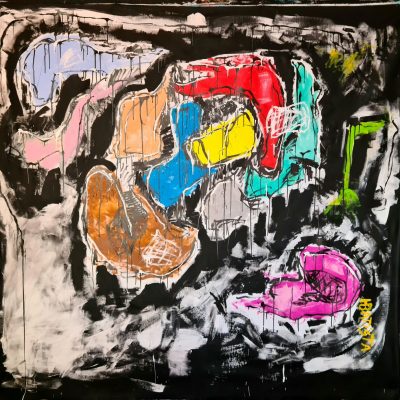
Eruption
6.000,00 € Helder Batista Add to cart -
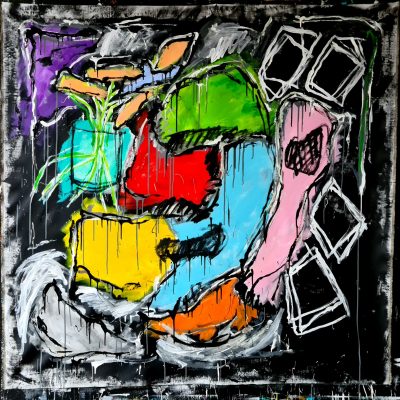
Four Squares
3.800,00 € Helder Batista Read more -
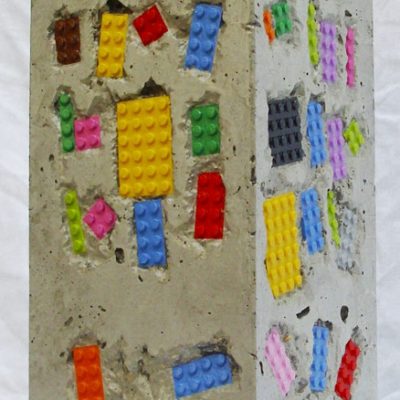
I love my house
1.600,00 € Helder Batista Add to cart -
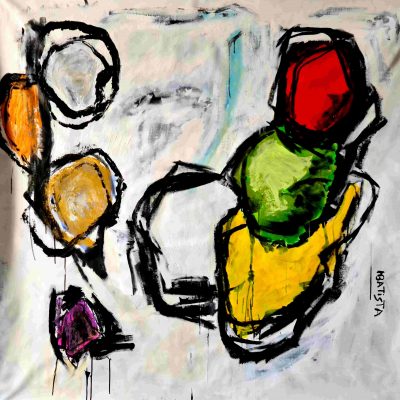
Linea Negro / Black Line
7.000,00 € Helder Batista Add to cart -
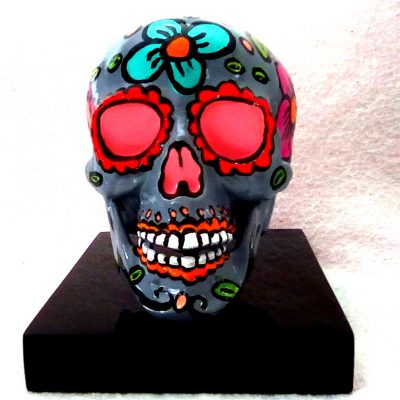
Mexican Skull
300,00 € Helder Batista Read more -
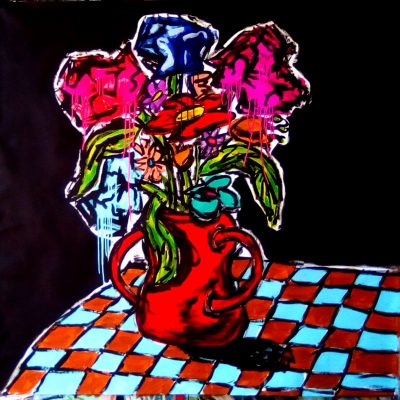
Red pot
3.500,00 € Helder Batista Read more -
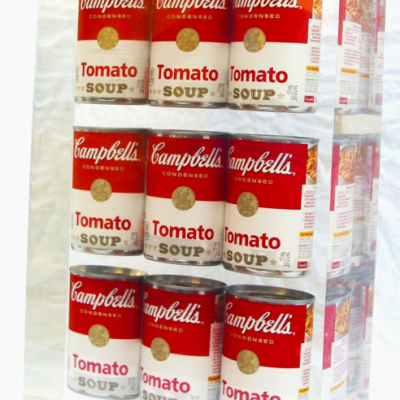
Soup Campbells
5.800,00 € Helder Batista Read more -

STAR TSAR
4.900,00 € Helder Batista Add to cart -
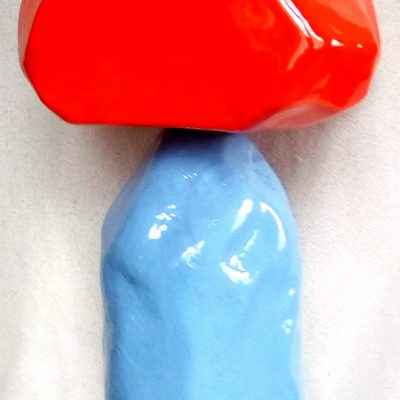
Stonehenge Series Winter solstice
3.000,00 € Helder Batista Add to cart -
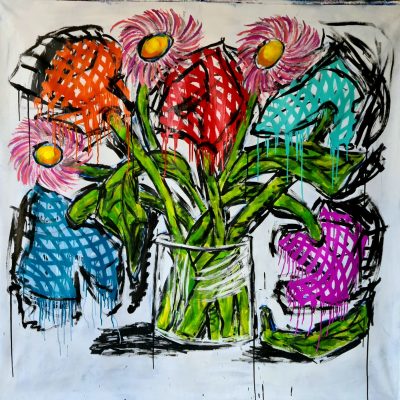
Three suns
3.500,00 € Helder Batista Read more -
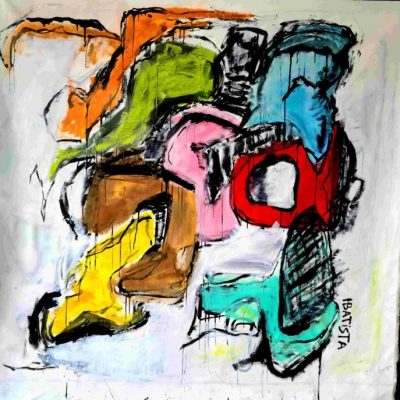
Transfer
7.000,00 € Helder Batista Add to cart -
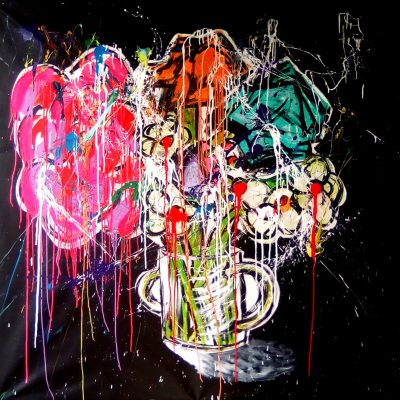
Transparent pot
3.500,00 € Helder Batista Read more -
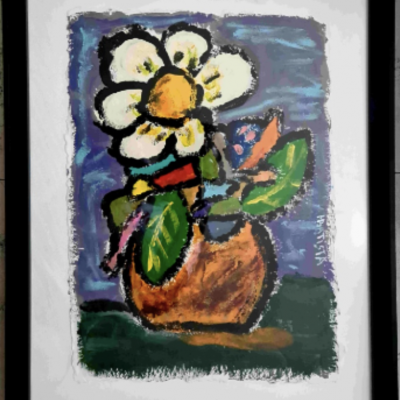
White Flower
1.200,00 € Helder Batista Add to cart


